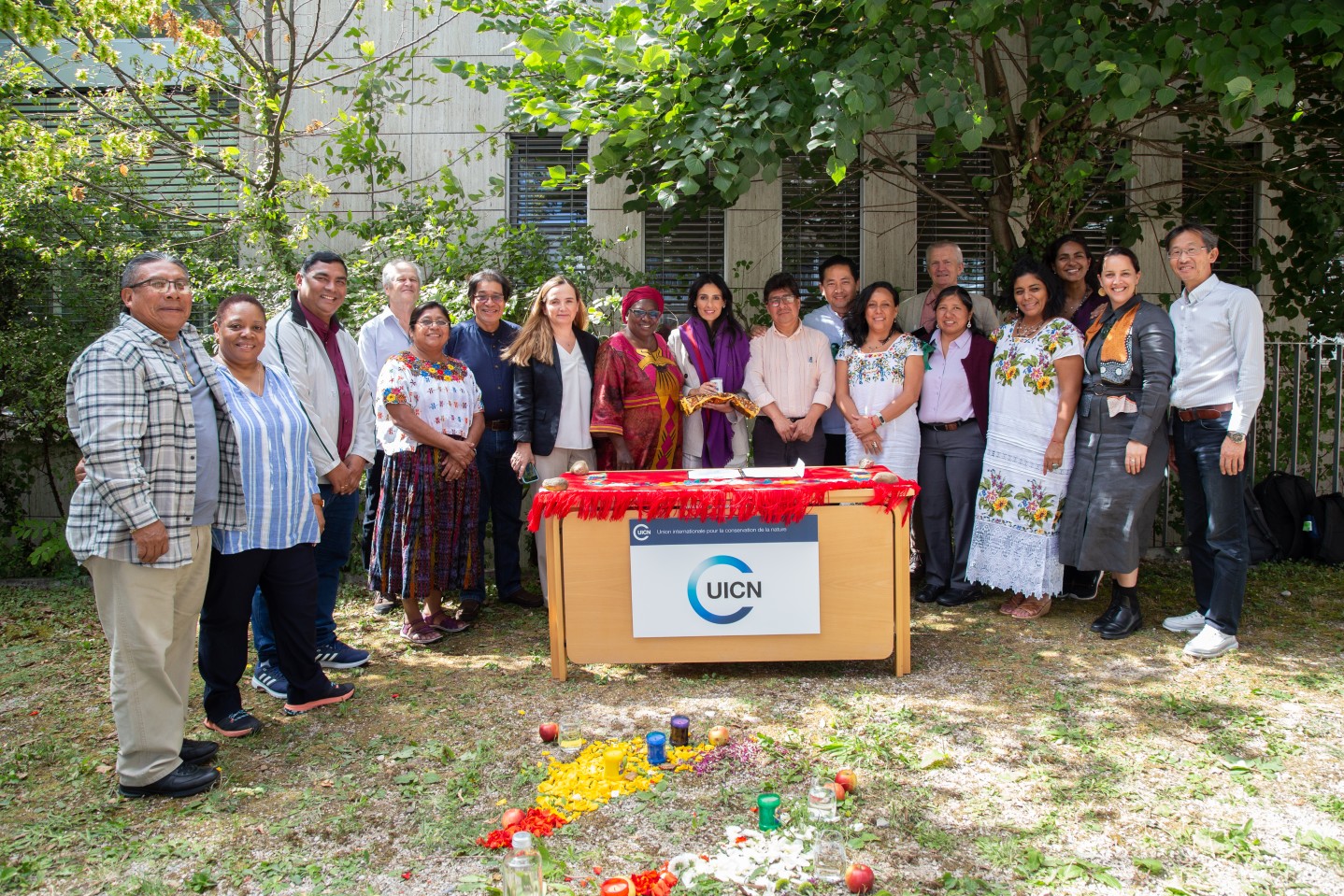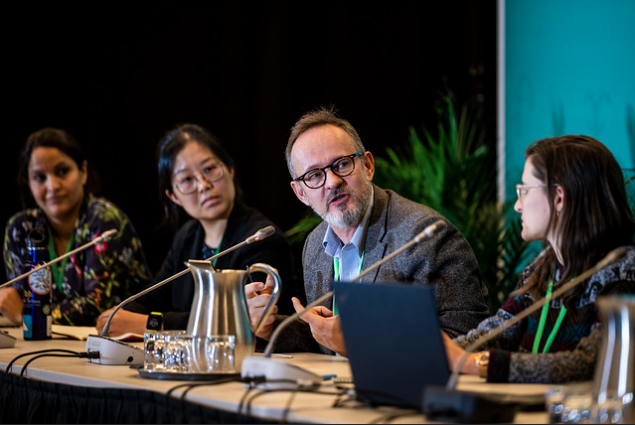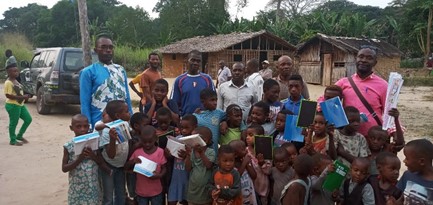Violence against indigenous groups defending the environment in Mexico
CEESP News: José Luis Carpio Domínguez, Unidad Académica Multidisciplinaria Reynosa Aztlán, Universidad Autónoma de Tamaulipas, México, Jesús Ignacio Castro Salazar, Tecnológico Nacional de México, Instituto Tecnológico Superior de Abasolo, México, e Inés Arroyo Quiroz, Centro Regional de Investigaciones Multidisciplinarias, Universidad Nacional Autónoma de México.
In Mexico, indigenous peoples have been marginalized from economic, political, social and cultural development (CNDH, 2020), excluded from environmental discourse, and victims of lack of legal protection by the State. As a result, they face serious violations of their rights and affectations due to the overexploitation of nature in their territories (Toledo, Garrido and Barrera-Bassols, 2014).
Banners displayed in Mexico City's Zócalo in protest of the forced displacement of indigenous people in Tierra Blanca, Copala, Oaxaca, Mexico.
Indigenous peoples in Mexico lack formal recognition of their territories and natural resources on which they have ancestrally lived and depended, and they are often the last to receive public investment, access to justice, infrastructure and the right to participate in social representation and decision-making processes (World Bank, 2020).
The struggle of indigenous peoples in defense of their territories and natural resources highlights the colonial character of the Mexican government and society, as well as the predatory nature of capital (López Bárcenas, 2016). The situation in which the current new indigenous movements are passing represents the fourth cycle of colonialism, which implies that in the history of the country there have been at least three other cycles. The first and longest began with the European invasion and concluded with the independence struggles where the peoples had broad participation, although in the end they were subordinated to the interests of the Creoles who took power. The second began with the formation of Latin American states and the imposition of liberal ideas, promoting private property and individual political rights, attacking the territories of the peoples and their forms of government, a process that lasted almost the entire second part of the 19th century. The third cycle lasted from the beginning of the 20th century until the 1970s, and was distinguished by assimilationist policies that sought to eliminate the indigenous peoples, "incorporating" them into the national culture. The fourth cycle of indigenous colonization was born with neoliberal policies and continues to this day (López Bárcenas, 2016). Mining companies monopolize a third of the country; the nation's waters are handed over to those same mining companies, to export farmers and to the owners of the automotive industry; infrastructure and hydraulic projects; biodiversity and the ancestral knowledge of peoples and peasants in the hands of the operators of the pharmaceutical and food industries. All of which happens with the complacency of governments that, in theory, are in charge of taking care that natural resources are used in such a way that they benefit Mexicans now and those of the next generations (López Bárcenas, 2016, 2019). On the contrary, indigenous defenders are violated, deprived of their freedom, threatened and murdered and the territories they defend are taken away from them, which aggravates inequality and limits the development of communities.
Aggressions against indigenous people in Mexico come from drug trafficking, the government, large development projects, private companies, paramilitary groups and their associations (CEMDA 2020; 2021). Cases of violence, dispossession and defense of territory in Oaxaca are known, for example in Santo Domingo Ixcatlán, (https://www.franciscolopezbarcenas.org/_files/ugd/afcdf2_2d70e749d95b4a14801c94a73f4f4e3f.pdf), in the Ikoots community of San Mateo del Mar (López Bárcenas, 2021) and in the Triqui communities of Tierra Blanca, Copala (Photos 1-3). Or the breakdown in the human rights protection system among the Guarijíos of Río Mayo, Sonora (Haro Encinas and Martínez Coria, 2020; López Bárcenas, 2020) or the struggle of the Nahua in Tecotelmi, Ixtacamaxtitlán, Puebla (https://www.franciscolopezbarcenas.org/_files/ugd/afcdf2_bc9116dcf70846cb96415dfec135140b.pdf).
These are cases, among many others, that have made Mexico one of the countries with the highest number of murdered environmental defenders (CEJIL, 2020).
Photos 1-3. Banners displayed in Mexico City's Zócalo in protest of the forced displacement of indigenous people in Tierra Blanca, Copala, Oaxaca, Mexico.
Photographer: José Luis Carpio Domínguez (2021)
According to the indigenous peoples of Mexico, for there to be peace, the State must be transformed from its roots, so that we all have the opportunity to live in dignity: To achieve this they offer their experience of resistance but, above all, their cultural values among which the collective being predominates over the individual, solidarity with those who have less, a different relationship between society and nature and, governments - assembly or vertical - attending to the preservation of the common good (López Bárcenas, 2019). It is also urgent to develop criminogenic studies and make criminodynamics against indigenous environmental defenders visible and be able to propose prevention strategies.



